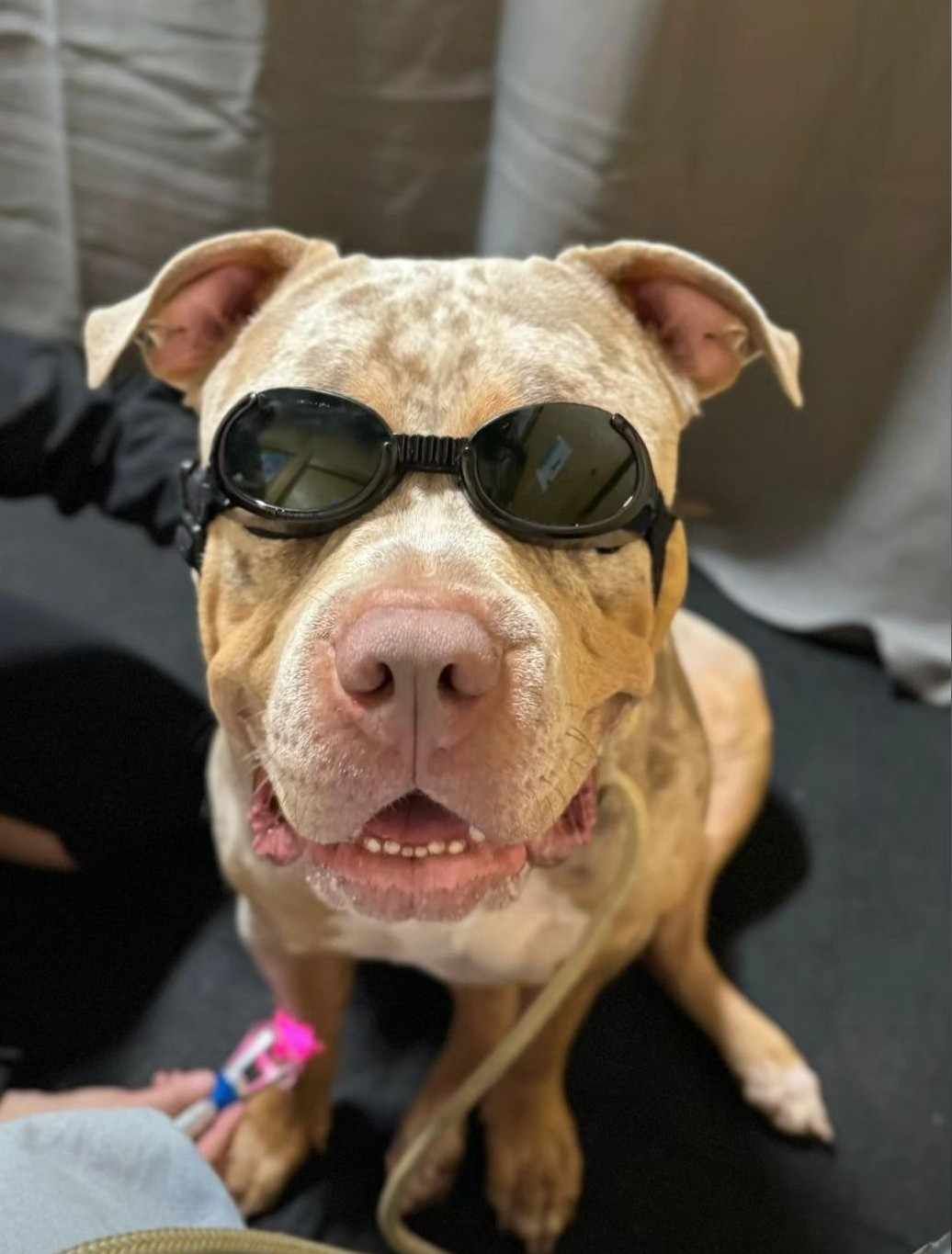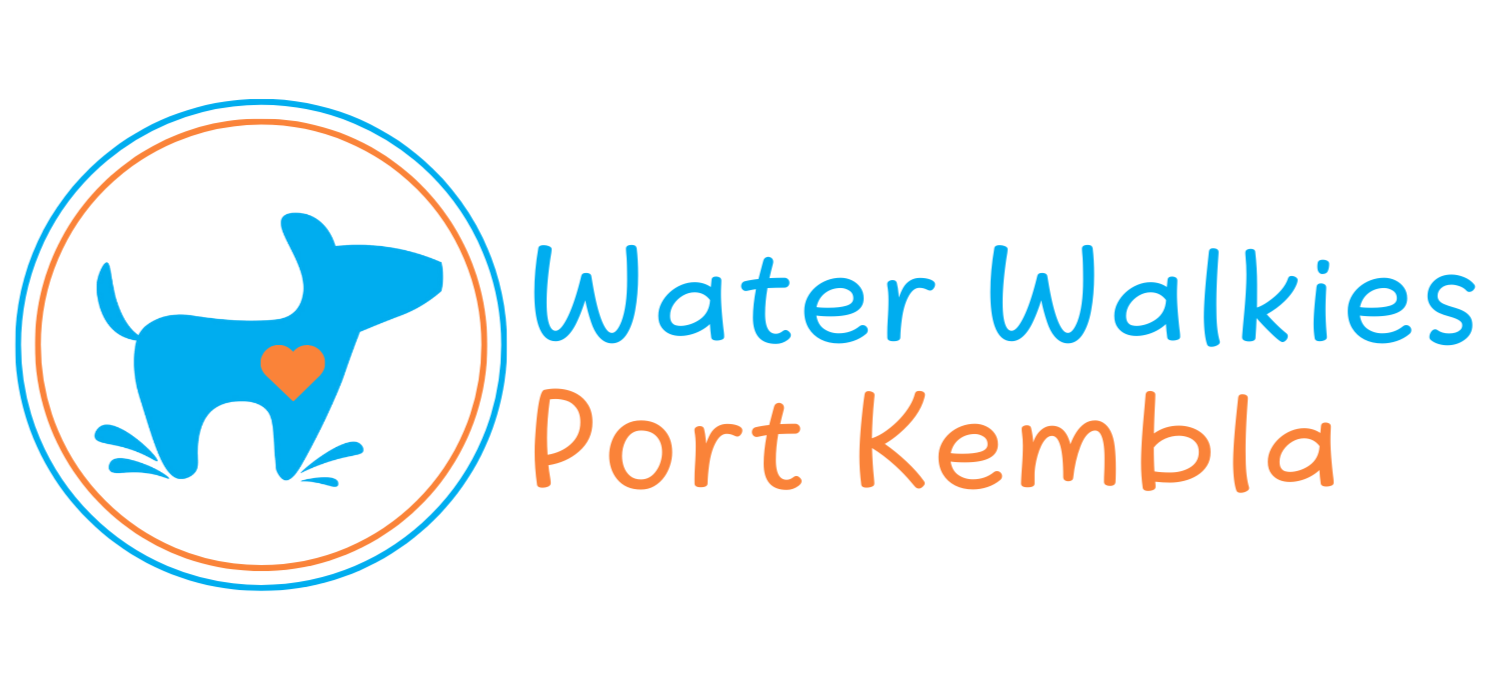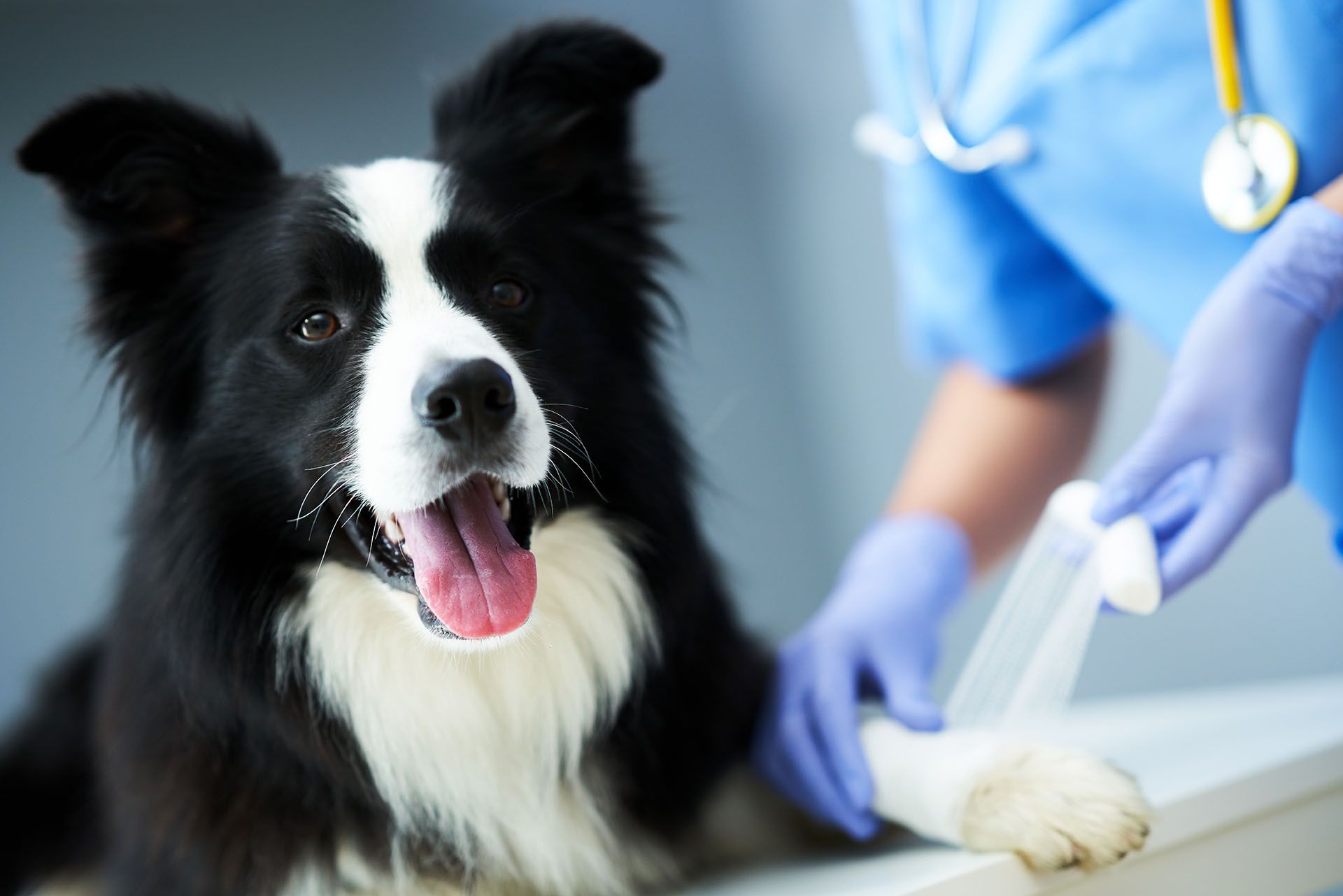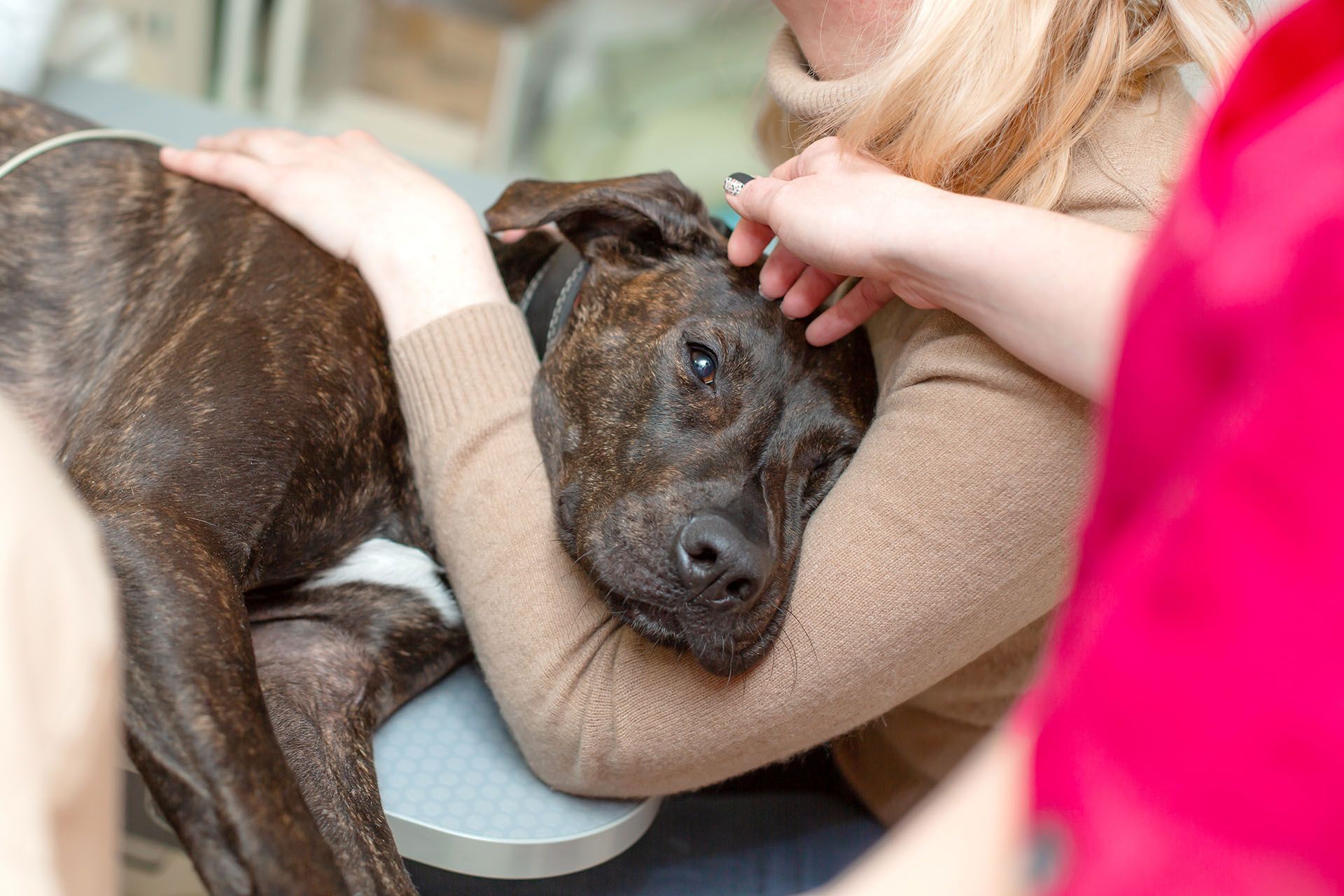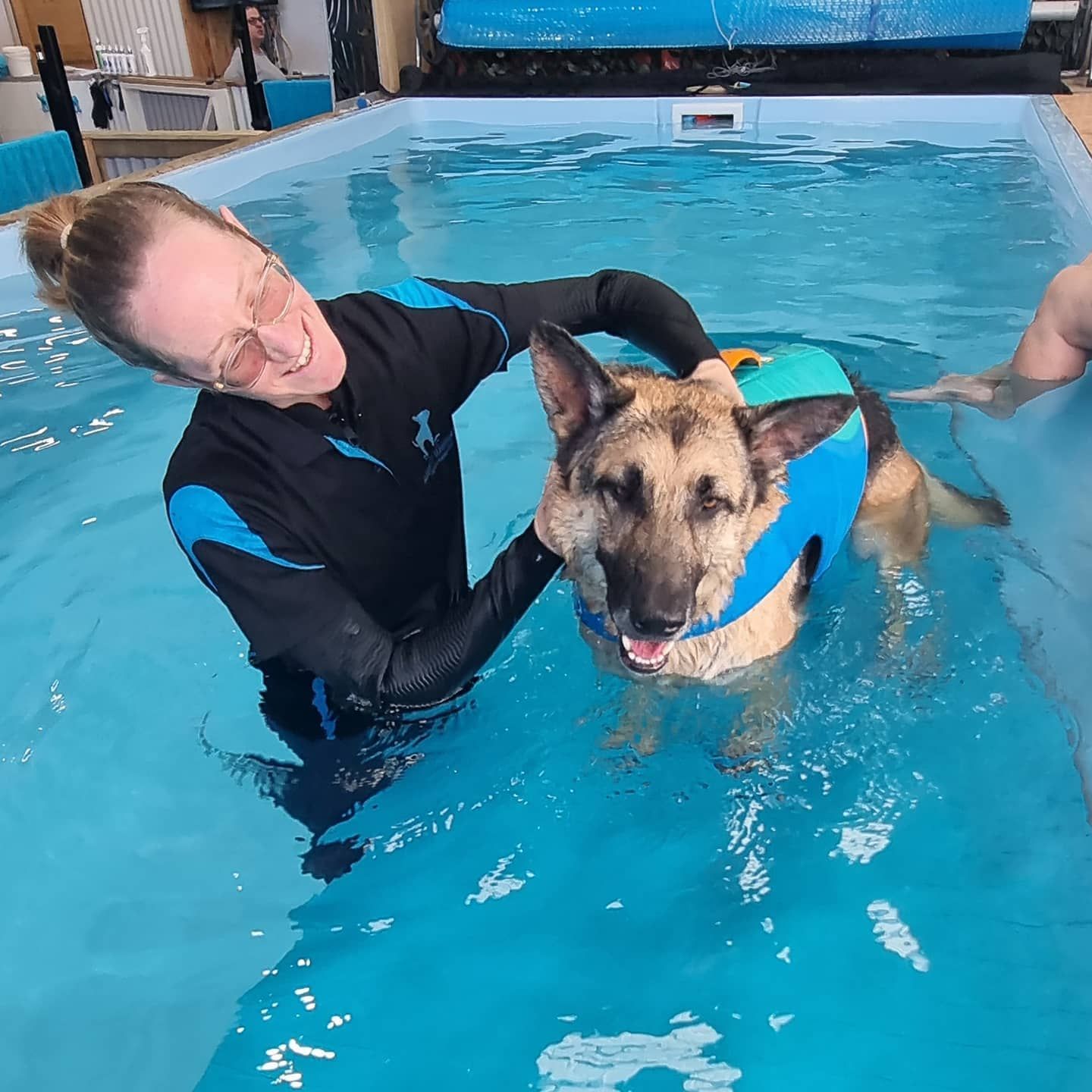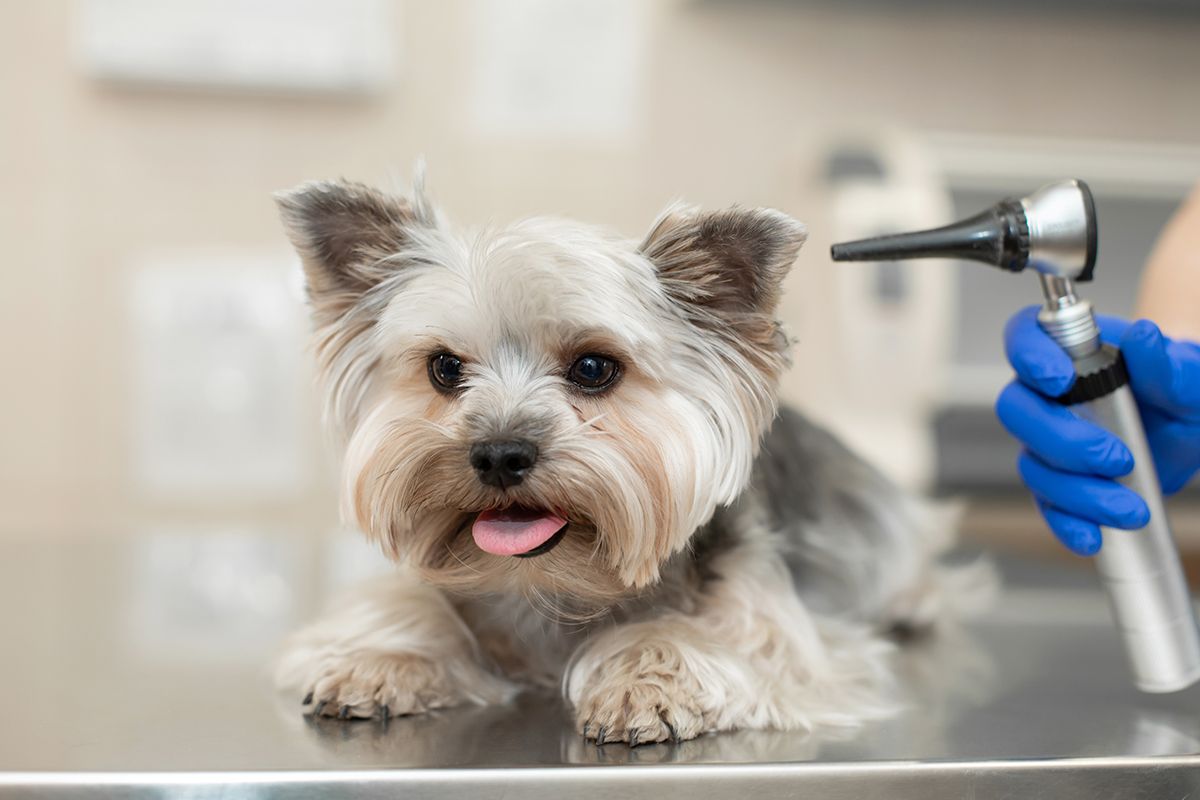Managing Osteoarthritis in Dogs
For many of us, our furry companions are not just pets, but cherished members of our families. We share countless moments of joy, laughter, and companionship with them. However, as our dogs age, they may begin to experience health issues that can affect their quality of life.
Canine osteoarthritis, also known as Degenerative Joint Disease, is a common condition in dogs that affects their joints. It is characterised by the progressive deterioration of the cartilage that lines the joints, leading to pain, inflammation, and reduced mobility. Osteoarthritis can occur in any joint in a dog's body, including the hips, knees, elbows, shoulders, and spine.

In this blog, we will explore osteoarthritis in dogs, its symptoms, and the incredible advantages that canine hydrotherapy can provide to help our beloved pets regain their mobility, reduce pain, and enjoy a better quality of life.
What Are the Common Causes of Canine Osteoarthritis?
Causes of canine osteoarthritis can include aging, joint trauma or injury, genetic predisposition, developmental disorders, and obesity, which can put additional strain on joints. Over time, the loss of cartilage in the joints can result in bone rubbing against bone, causing pain, inflammation, and stiffness. This can make it difficult for dogs to move comfortably and perform normal activities such as walking, running, jumping, and playing.
How Can You Recognise Symptoms of Canine Osteoarthritis?
Symptoms of osteoarthritis in dogs can vary, but commonly include limping, stiffness, decreased activity levels, reluctance to move or exercise, difficulty rising or climbing stairs, joint swelling, and changes in gait. As the condition progresses, dogs may become less active and show signs of pain or discomfort, such as vocalisation, panting, or licking at the affected joints.
What's the Comprehensive Approach to Treating Canine Osteoarthritis?
Treatment for canine osteoarthritis typically involves a multi-modal approach that may include weight management, exercise modification, physical therapy, pain management medications (such as nonsteroidal anti-inflammatory drugs or NSAIDs), joint supplements (such as glucosamine and chondroitin), and other supportive measures to improve joint health. In severe cases, surgical options such as joint replacement surgery may be considered.
Regular veterinary check-ups and ongoing management can help improve the quality of life for dogs with osteoarthritis and manage their pain and discomfort.
Home Care for Dogs with Osteoarthritis
Exercise
Regular exercise is essential for maintaining mobility in dogs with osteoarthritis. However, it's important to avoid high-impact activities such as running and jumping, as these can exacerbate joint pain. Instead, try low-impact exercises like short walks, swimming, or gentle stretching exercises.
Weight management
Excess weight can put added pressure on the joints, making arthritis symptoms worse. Consult with your veterinarian to determine a healthy weight for your dog and develop a diet and exercise plan to help them maintain it.
Supplements
Supplements such as glucosamine and chondroitin can help reduce joint inflammation and promote joint health. Consult with your veterinarian to determine the appropriate dosage for your dog.
Pain management
Your veterinarian may prescribe pain medication to help manage your dog's arthritis symptoms. Make sure to follow the dosage instructions carefully and watch for any side effects.
Comfortable sleeping arrangements
Provide your dog with a comfortable bed or sleeping area that supports their joints and is easy for them to get in and out of.
Assistive devices
There are various assistive devices available that can help dogs with mobility issues, such as ramps or stairs to help them get up and down from furniture or in and out of the car.
Regular check-ups
Schedule regular check-ups with your veterinarian to monitor your dog's arthritis and adjust their treatment plan as needed.
Remember that every dog is different, and what works for one may not work for another. Consult with your veterinarian and rehabilitation expert for personalised advice and treatment plans for your dog's specific needs.
Hydrotherapy for Dogs with Osteoarthritis
Hydrotherapy, which involves therapeutic exercises performed in water, can provide a low-impact form of exercise that can help manage pain, improve mobility, and increase muscle strength in dogs with osteoarthritis.
Pain relief
Immersion in warm water can help to relax muscles, relieve pain, and reduce muscle spasms. Warm water can also increase blood flow to the affected area, promoting healing and reducing inflammation.
Muscle relaxation and stretching
Buoyancy in water can reduce the weight-bearing load on affected limbs, making it easier to move and stretch muscles. Hydrotherapy can facilitate gentle range of motion exercises for affected limbs, helping to prevent muscle stiffness and contractures.
Improved cardiovascular fitness
Hydrotherapy can provide a low-impact form of cardiovascular exercise, which can help to maintain cardiovascular fitness without putting additional strain on affected muscles and joints.
Reduced stress and anxiety
Immersion in water can promote relaxation and reduce stress and anxiety, which can be helpful in managing the emotional impact of living with a chronic condition like Osteoarthritis.
Rehabilitation and functional improvement
Hydrotherapy can be used as part of a comprehensive rehabilitation program to improve functional abilities, such as balance, coordination, and gait training.
Takeaway
To achieve the best results, combine hydrotherapy with other veterinary-recommended treatments like pain medication, weight management, and joint supplements. Always consult your veterinarian before beginning any new treatments. Regularly monitor your dog's response and adjust the treatment plan as necessary, as early intervention and ongoing care can significantly improve the dog's comfort and well-being.
